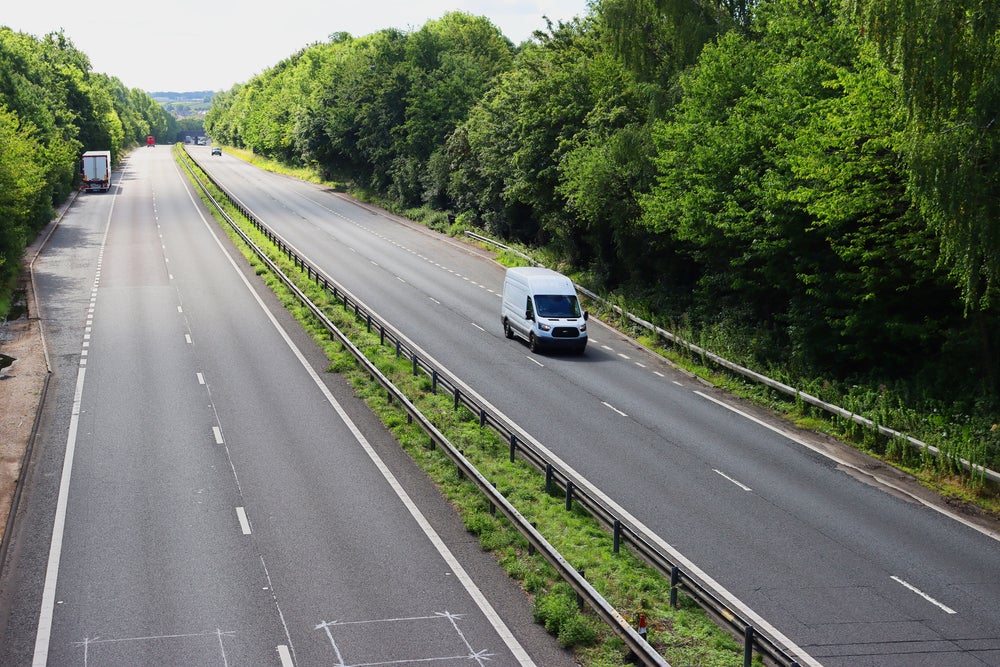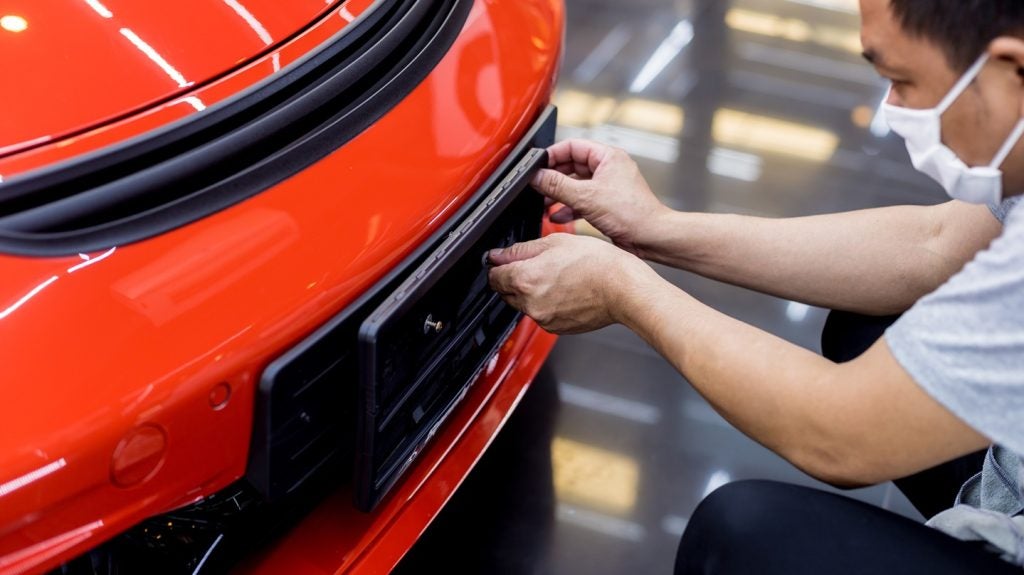
Auto Trader’s chief executive, Nathan Coe, explains why and how the last 12 months have changed the way consumers buy cars, and the way retailers sell them, for good.
Thankfully for most of us there are few global events that we have lived through which have had a clear ‘before’ and ‘after’ impact on everyone’s lives. However, the pandemic has not only changed life profoundly for most people, but it has also changed industries – not least the automotive sector.
As we’ve now passed the 12-month milestone since the first lockdown, I wanted to take the opportunity to reflect on what has been a pivotal year for the automotive industry.
Strong consumer demand for cars is set to continue
Looking back to conversations I had with retailers in March 2020, all were understandably very worried and facing the possibility of no sales as forecourts closed. Fast forward a year and the industry has risen to the challenge, fuelled by strong consumer demand, and we have seen many retailers grow both sales and profits in lockdown.
One thing that has surpassed our initial expectations is consumer confidence and the increase in demand for cars overall. This growth is reflected in the fact that most retailers are performing at over 90% of normal trading volumes according to our proxy sold data, which is a significant acceleration on the 70% and 80% recorded in January and February respectively.
How well do you really know your competitors?
Access the most comprehensive Company Profiles on the market, powered by GlobalData. Save hours of research. Gain competitive edge.

Thank you!
Your download email will arrive shortly
Not ready to buy yet? Download a free sample
We are confident about the unique quality of our Company Profiles. However, we want you to make the most beneficial decision for your business, so we offer a free sample that you can download by submitting the below form
By GlobalDataThis is very much in line with the very strong audience performance we’ve seen on Auto Trader, with March visits and time on site all setting new records up 27% and 22% respectively over 2019 levels.
In addition to these metrics, several wider economic factors point to another period of strong retail demand once forecourts fully reopen in April. The latest Bank of England findings indicate average household finances are in better shape than they were pre-Covid, with savings around five times as much as in any other nine-month period and a reduction in debt.
There are other factors which point to a very positive outlook for the months ahead, including the resurgence in appetite for car ownership. In an on-site survey on Auto Trader, 27% of consumers looking to buy a car think that ownership is more important than it was before COVID-19.
Consumers demand digital
Whilst forecourts fully re-opening is an important step, the biggest change in our industry is the rise of online car-buying, and the ‘new normal’ for consumers.
Research from PwC suggests many will not revert to old behaviours once ‘normality’ returns. For example, consumers shopped more online for non-groceries during the pandemic and enjoyed the experience – this means they are highly likely to carry this behaviour forward post-lockdown.
Moving from ‘adapting for survival’ to ‘adapting for growth’
Retailers have been quick to adapt and embrace digital retailing by offering new services including home delivery and click and collect. Many retailers have also invested significantly in creating the necessary infrastructure to support digital retailing.
Competition has increased, but this can be an opportunity
Many may be concerned that the pandemic has accelerated the rise of new entrants to the market, with big funding and advertising budgets, who are challenging the traditional retail model and educating car buyers on the advantages of digital.
Competition can and should be positive for the industry. That said, the emergence of more car retailers over time may become a threat to the traditional model and that’s why the move to offer digital services is key for retailers looking to the future.
Our mission remains to support retailers with this transition, by providing the technology they need to compete and access this growing audience, regardless of their size.
Looking to the future
During the height of the pandemic, one of my big learnings was that whilst we were all in the same storm, we were definitely not all in the same boat. This drove us to support our people, our customers and the industry in ways that we’d never have thought possible before the pandemic.
We’re at a critical moment now, where all of the learnings from adapting for survival in the last 12 months, need to be channelled into adapting for growth in the next year.
Those that embrace these learnings will be those that shape the future of our industry. 2020 was definitely the year that demanded these changes but 2021 will be the year that they become competitive advantages.







